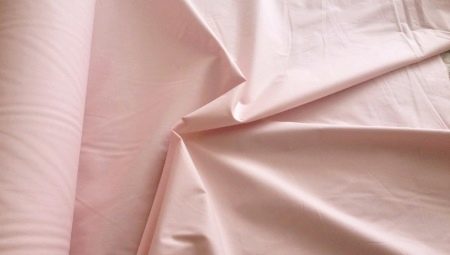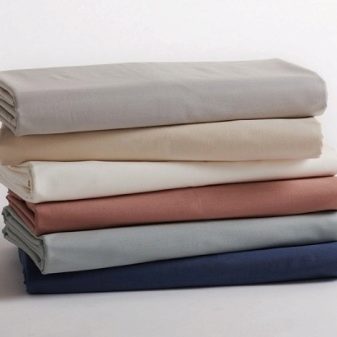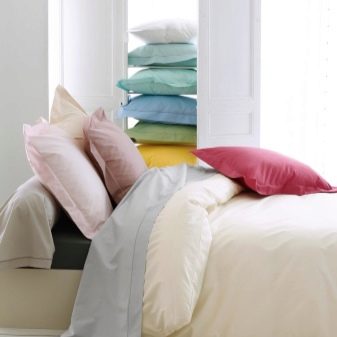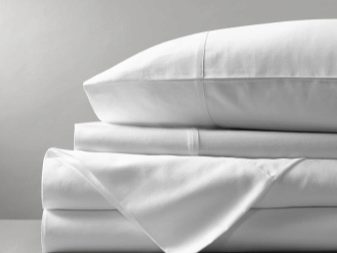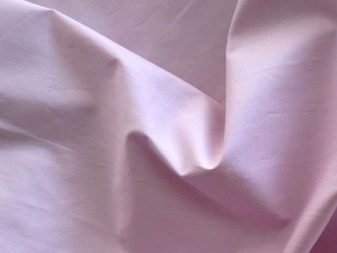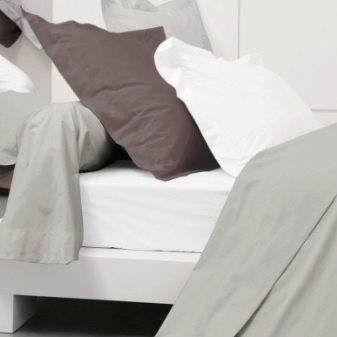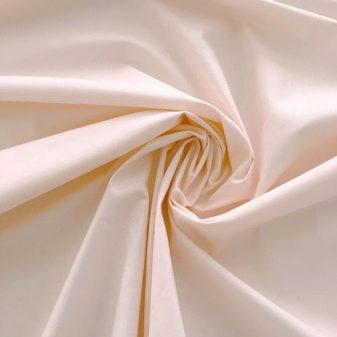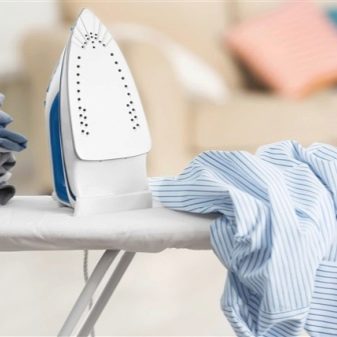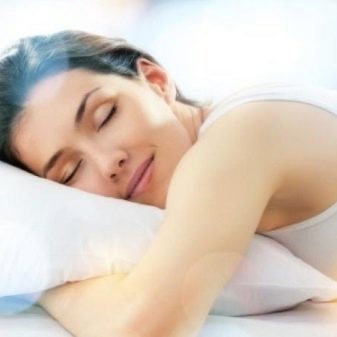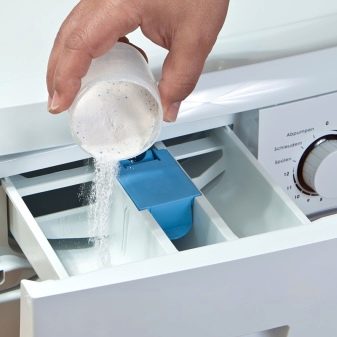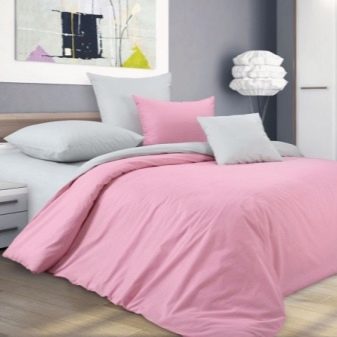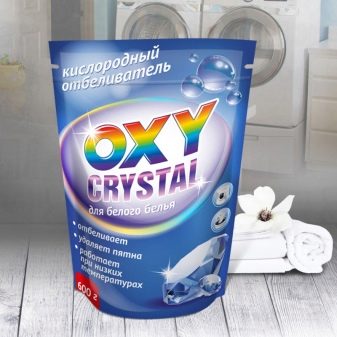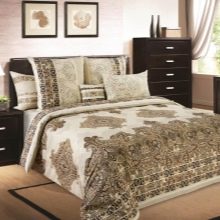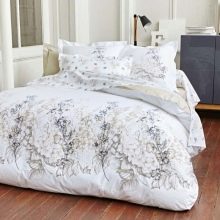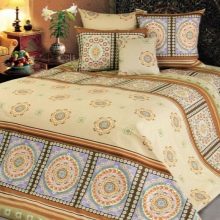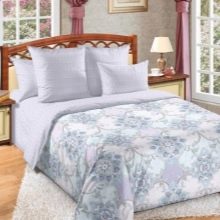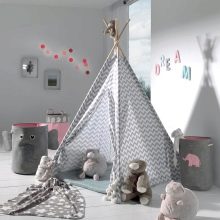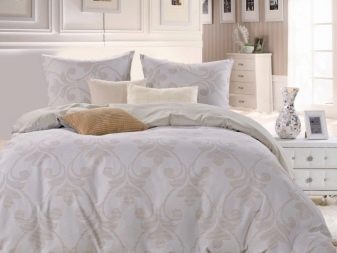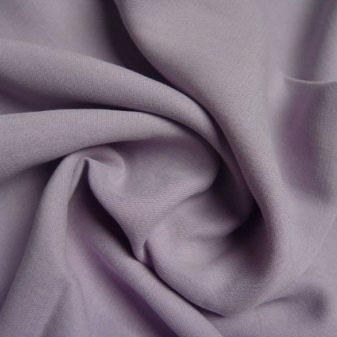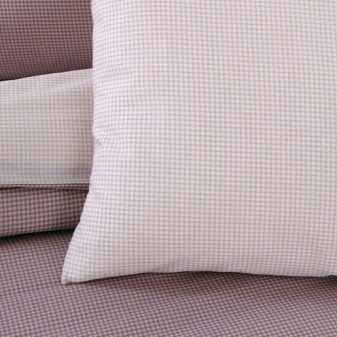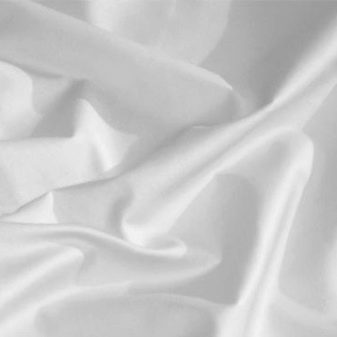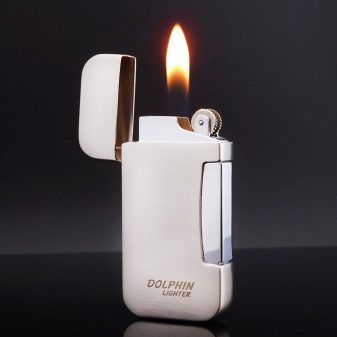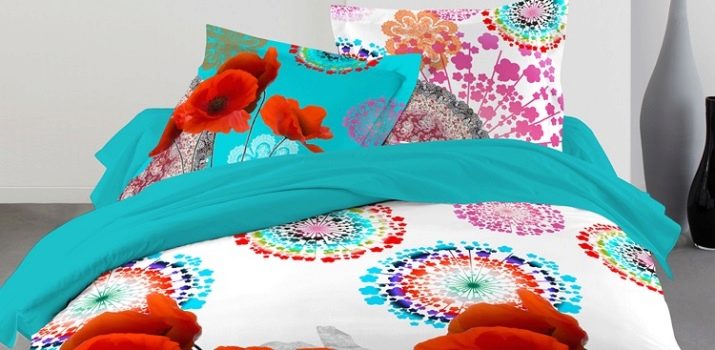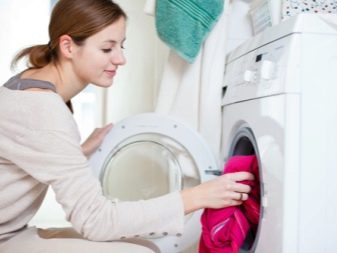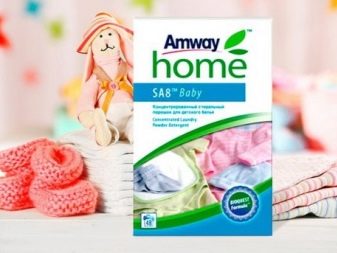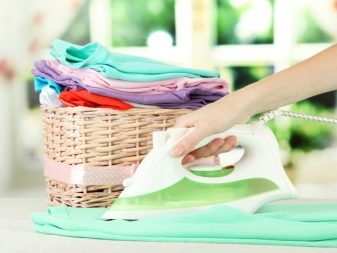Percale is a beautiful and practical material and is widely used in light industry when sewing bed linen and clothing. Due to high performance and excellent decorative properties, consumers increasingly prefer it to other materials in this price category.
What is this fabric and how is it made?
Percale is very popular in the modern market of textiles and fabrics. The excellent working qualities of the material are due to the presence of cotton threads in its composition, which determine its basic properties. However, percals differ from other cotton-containing materials in their production technology, in which long-staple cotton is impregnated with special solutions. This process is called sizing and allows you to get a very durable and pleasant to the touch material.
As the adhesive composition - dressings - use a mixture of potato starch, glycerin and animal fats. The use of sizing technology can significantly increase the wear resistance and anti-static nature of the fabric, and also eliminates excessive hairiness, gives a pleasant smoothness and eliminates breakage of the threads.
In the manufacture of percale, a dense cross-weave type is used, which, in combination with the processing of each thread with an adhesive composition, gives a very durable material in its structure at the exit. For the production of perkal use medium and thin non-twisted yarns, while their density is about 90-160 pieces for every 10 cm. At an earlier stage of production, the percale resembled in appearance rubberized fabric and was used for sewing parachutes.
However, with the development of high-tech weaving, modern material looks quite presentable and is actively used for tailoring and bedding. Percale dyeing is more often produced by a printed method, using complex large-scale paintings and photo printing as a picture. As dyes used high-quality compounds that do not contain toxic or toxic constituents, and are quite resistant to regular washing and fading.
Characteristics and composition of the material
The composition of the percale includes cotton and flax, the fibers of which are uniformly coated with glue. Sometimes polyester fibers are added to cotton and linen threads, thanks to which the fabric becomes even softer and more elastic and acquires a beautiful sheen. However, the proportion of synthetics in the fabric, as a rule, is small, because of which the percale can be considered a natural and environmentally safe material. Important operational properties of the material are its density and resistance to external factors. The fabric ideally behaves at negative temperatures, which is why at one time it was actively used in shipbuilding for tailoring sails and in aircraft business for covering the hulls of the first aircraft.
However, along with high density and durability, percale combines extraordinary lightness and tenderness. It is the combination of these seemingly poorly compatible qualities that makes it unlike other materials and significantly expands its scope. In addition, products made from percale can maintain the brightness of colors and original forms for a long time.Another important characteristic in the description of the material is its non-flowability and compliance during sewing. Thanks to these properties, the fabric is ideal for sewing complex models with an abundance of inserts of lace and other decorative elements.
Advantages and disadvantages
High consumer demand and A large number of accolades percale due to a number of undeniable advantages of this material.
- The fabric is very durable. With careful operation and timely care products made of percale can serve 10 years or more. On average, each such product is able to transfer up to five hundred washes, without losing its initial characteristics.
- Total absence of the pellet. Even with numerous washings and active use, for example, bed linen, the surface does not roll down and looks like new.
- Due to the presence of synthetic threads in the composition, percale is very easy to iron, and products in which the proportion of polyester is somewhat higher do not require it at all.
- The fabric does not cause allergic reactions, due to which it is often used for making children's bedding sets.
- Despite the presence of synthetic fibers, percale does not contain static electricity.
- The material has a very high strength, however, at the same time it is quite light and airy. Thanks to its dense structure, the fabric is ideal for sewing pillowcases and bedticks. Percale does not allow down and feather to go outside, but at the same time provides normal air exchange, helps evaporation of excess moisture and prevents the appearance of an unpleasant odor.
- The fabric has high thermal regulation properties: in the summer it will not be hot to sleep under such underwear, and in winter it will not be cold.
- The material practically does not shrink, and even after numerous washes it does not lose its original forms and is not deformed.
- Percale is easily erased and has a moderate stain-repellent effect.
However, with a lot of obvious advantages, percale weaknesses also exist. The main disadvantages are quite high in comparison with other cotton and linen fabrics, the cost. On average, one meter of fabric with a standard width will cost more than 300 rubles.
In addition, the material is not recommended to bleach and wash in hard water. This is due to the presence in the fabric of the adhesive component, on which the factors listed above act adversely. The ban on whitening makes it difficult to care for white products, because of which they quickly lose their original appearance and look a bit stuck.
Manufacturers
In Russia, most of the fabrics entering the domestic market are produced by weaving mills located in the city of Ivanovo. Enterprises produce a wide range of percals, represented by fabrics of various colors and compositions. Of foreign manufacturers, weaving factories of India, Egypt and Pakistan are engaged in the supply of material to the Russian market. Products from Turkey and Uzbekistan are slightly less present.
The recognized leader in the production of percale was and remains France, weaving enterprises which provide this practical and durable fabric to almost the whole of Europe. Along with their French colleagues, the Italian and Portuguese masters, whose products belong to elite fabrics and are quite expensive, are successfully engaged in the release of percals. Thus, the cost of a set of the average price category is within $ 460.
Where is it used?
The scope of percale is wide enough and before telling about where this practical and comfortable fabric is used, you should refer to its classification. The modern manufacturer produces two types of material: household and technical. The first is characterized by increased density, necessary to prevent the rash of fluff and feather, and, accordingly, is used for the manufacture of bedding sets.At the same time, household canvases are highly hygroscopic and breathable. This allows you to use bed linen, sewn of percale throughout the year. In addition, due to the high hygienic properties, the fabric is used when sewing women's blouses and dresses.
The second type of percale - technical - even in aviation is no longer usedHowever, they continue to use parachutes, sails and awnings for tailoring. Such material has a lower density compared to household material, therefore it is not used for sewing napernikov and pillowcases. In addition, you can sew work clothes, curtains and a tent from a technical percale, and in furniture production you often sew upholstery for sofas and armchairs.
Comparison with other materials
Percale is often compared with other materials used for sewing bed linen. Based on a comparative analysis of experts and consumers, the material is a strong middling in its niche of canvases, and even surpasses some of them in some indicators. So, if we compare percale and ranfors, then the density of the first one is undoubtedly higher, however, the second one is made of twisted yarns, due to which the touch is softer and easier to wash. In general, there is much in common between these two materials: they both practically do not shrink after washing, do not fade in the sun, and are pleasant to the body.
When comparing softcotton and percale it is difficult to give the palm to one of them, as the materials are somewhat similar, and both have sufficiently high working qualities. However, there are some differences. So, the first part includes viscose and synthetic microfibers, because of which the material has much better hygroscopic properties than percals, so it is often used in the manufacture of towels and home clothes.
In addition, softcotton is easier to iron and less wrinkled. But at the same time, in the percale, the content of artificial fibers is much lower, therefore, in terms of hypoallergenicity and environmental friendliness, it easily bypasses softkotton.
If to compare tensel and percale, then in terms of exploitation percale, of course, is better and more convenient. Tencel, which is based on eucalyptus wood pulp, has a low resistance to deformation and shrinkage and requires more careful and careful care. So, many manufacturers recommend only dry cleaning for products made from tencel. However, in terms of hygroscopicity, ventilation and thermoregulation, tencel has the best performance.
Criterias of choice
When buying a percale, you need to pay attention to a number of important factors.
- Due to the fact that the fabric is a fairly expensive luxury materials, the price for it can not be too low. If there is a product for sale at a suspiciously low cost, then, most likely, this is either a fake or defective canvas.
- In order to be absolutely sure that there really is a percale on the counter, it is necessary to pay attention to the interlacing of threads.
When visually inspected on a percale canvas, a cross type of weaving with a large length of threads is clearly visible.
- To visually determine the density, and therefore, the strength of the fabric, you need to look through it to the light: if the material is really high-quality, then there should be no gaps. Otherwise, it is most likely a fake, and it is better to refuse to buy such a translucent canvas.
- If there is such an opportunity, it is recommended to pull a thread out of the fabric and set it on fire. If the canvas is a real percale, then the smell will resemble the smell of burnt paper. If synthetic cinder is felt and the thread begins to melt, then counterfeit is on the counter.
Care features
In order to percale products for a long time did not lose their attractiveness and served as long as possible for them you need to properly care.The material belongs to the category of rather demanding in maintenance of fabrics, therefore washing and ironing must be done according to certain rules.
- The water temperature during the first wash should not exceed 45 degrees. The use of bleaching agents, as well as soaking or boiling products, is strictly prohibited. Before washing it is recommended to put the laundry in a cool room and stand for some time. In addition, underwear can not be starchy and use too hard water when washing and rinsing.
- All subsequent washings can be performed in water with a temperature not higher than 80 degrees, although 60 are considered optimal. To use only extremely mild detergents or powder for children's clothes are allowed. It is also recommended to use air conditioning. Washing in an automatic washing machine should be done at a power not exceeding 800 revolutions per minute, and the drum loading should not exceed 50%. Wash pillowcases and duvet cover should be carried out only turned inside out. This will help keep the design, and will contribute to better washing of the laundry.
Spin is recommended at low speeds. This will significantly reduce the load on the fabric fibers and significantly extend the life of the product.
- After the spin of the linen is finished, things must be immediately removed from the drum. Leaving percale for a long time in a wet crumpled form is prohibited. You can dry the products both vertically and horizontally, without fear of hanging them in the sun: the percale is not prone to fading, and the sun's rays will allow the material to dry quickly and evenly. However, when hanging it is necessary to take into account that the wet percale is very wrinkled, therefore, when placing it on a rope, it is necessary to knead the products as little as possible. Ironing percale products is recommended immediately after drying, and the optimal temperature for ironing is 140-150 degrees.
As can be seen from the above, the percale is quite capricious in maintenance, so if you are not ready for such painstaking and scrupulous care, it is better to purchase other material.
However, with proper selection and strict observance of the rules of operation and washing, percale products will delight their owners with bright colors, durability and beautiful appearance of this expensive and elegant fabric.
For information on how to iron percale bedding, see the following video.
